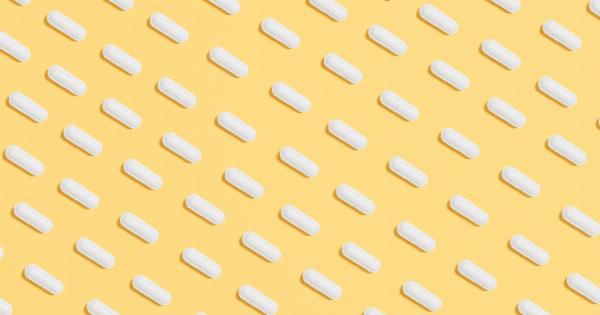Testosterone is a hormone that plays a crucial role in the development and maintenance of male characteristics. It is also important for women, although in much smaller amounts.
Low testosterone, or low T as it is commonly known, can have a significant impact on both physical and mental health. In this article, we will explore what you need to know about low testosterone, its causes, symptoms, diagnosis, and treatment options.
Understanding testosterone
Testosterone is primarily produced in the testicles in men and in smaller amounts in the ovaries and adrenal glands in women. It is responsible for the development of male sexual characteristics such as deep voice, facial and body hair, and muscle mass.
It also plays a vital role in maintaining bone density, red blood cell production, and overall sense of well-being.
Causes of low testosterone
Low testosterone can occur due to various reasons, including:.
1. Aging: Testosterone levels naturally decline as men age. This decline typically begins around the age of 30 and continues gradually throughout life.
2. Hormonal disorders: Certain medical conditions, such as hypogonadism, pituitary gland disorders, and Klinefelter syndrome, can affect testosterone production.
3. Chronic illnesses: Conditions like diabetes, liver disease, kidney disease, and obesity can contribute to low testosterone levels.
4. Medications: Some medications, including opioids, steroids, and certain antidepressants, can interfere with testosterone production.
5. Stress and lifestyle factors: Chronic stress, excessive alcohol consumption, lack of exercise, and poor sleep can all contribute to decreased testosterone levels.
Signs and symptoms of low testosterone
Low testosterone can manifest in various ways, including:.
1. Decreased sex drive: One of the most common symptoms of low T is a reduced desire for sex.
2. Erectile dysfunction: Difficulties achieving or maintaining an erection can be a sign of low testosterone.
3. Fatigue: Low energy levels, decreased motivation, and increased fatigue may indicate low testosterone.
4. Loss of muscle mass: Testosterone is essential for muscle development, and its deficiency can lead to a decrease in muscle mass.
5. Increased body fat: Low testosterone levels can contribute to an increase in body fat, especially around the abdomen.
6. Mood changes: Irritability, depression, and difficulty concentrating can be linked to low testosterone.
Diagnosing low testosterone
If you suspect you have low testosterone, it is essential to consult a healthcare professional for a proper diagnosis.
The doctor will typically perform a physical examination, review your medical history, and order blood tests to measure your testosterone levels.
Treatment options for low testosterone
Treatment for low testosterone aims to restore hormone levels to a normal range, alleviating symptoms and improving overall well-being. The most common treatment options include:.
1. Testosterone replacement therapy (TRT): This involves administering testosterone through injections, patches, gels, or pellets.
2. Lifestyle modifications: Making changes to your lifestyle, such as losing weight, exercising regularly, reducing stress, and getting adequate sleep, can help improve testosterone levels.
3. Medications: Certain medications may help stimulate testosterone production or reduce the conversion of testosterone to estrogen.
4. Natural remedies: Some herbal supplements, like ashwagandha and tribulus terrestris, have been claimed to boost testosterone levels, but their effectiveness is not well-established.
Conclusion
Low testosterone can have significant implications for both physical and mental health. Recognizing the signs and symptoms, seeking medical advice, and exploring appropriate treatment options are crucial for individuals experiencing low T.
With the right interventions, it is possible to improve testosterone levels and regain a sense of well-being.




























